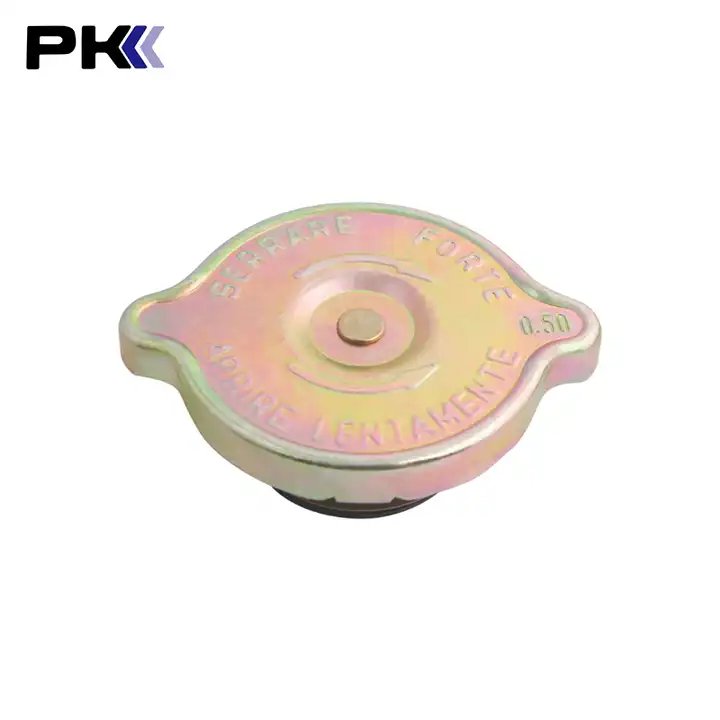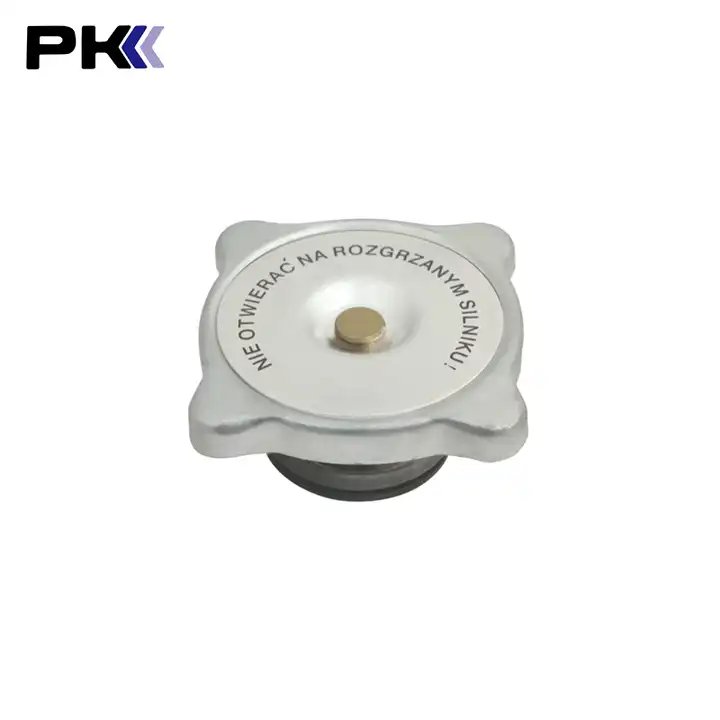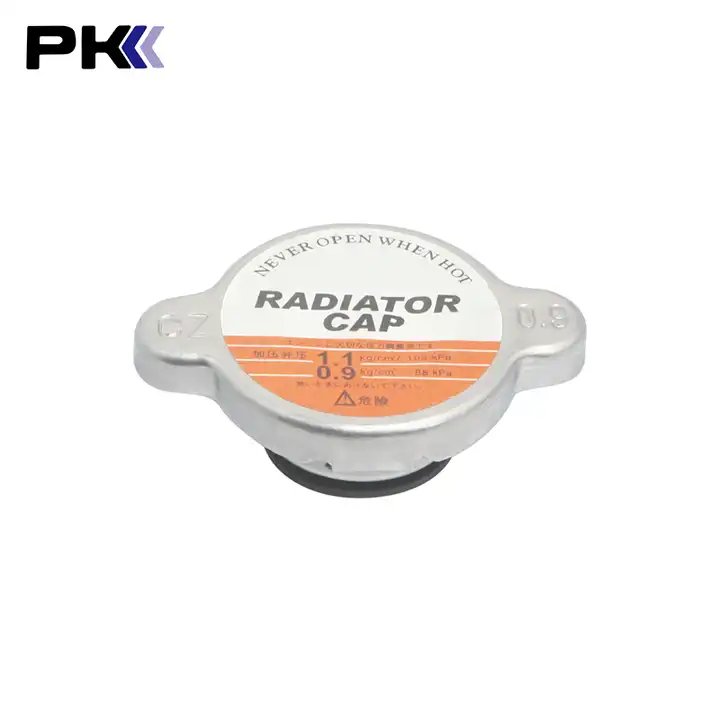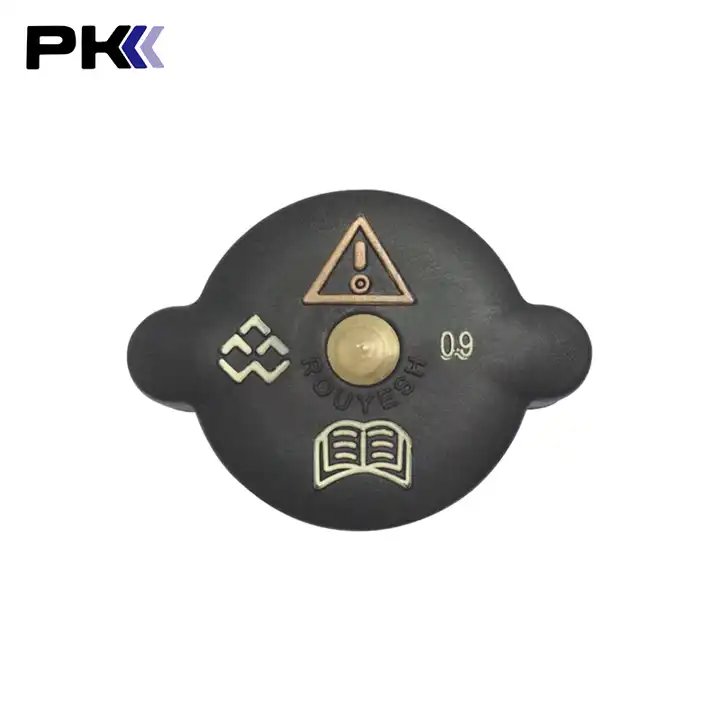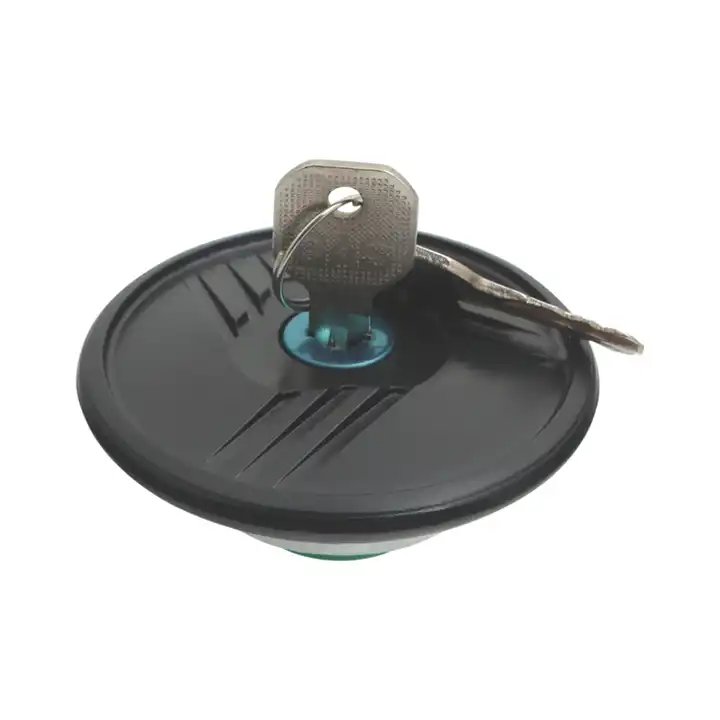Understanding Radiator and Expansion Tank Caps: Importance and Maintenance Tips
| Part # | Product # | Description | Type | Locking | Cap Depth |
| 31306 | 74100006 | 31306 RADIATOR CAP | Standard Cap | false | 1.41 in |
| 31329 | 74100065 | 31329 RADIATOR CAP | Threaded Coolant Bottle Cap | false | 1.09 in |
| 31332 | 74100099 | 31332 RADIATOR CAP | Threaded Coolant Bottle Cap | false | 1.88 in |
| 31333 | 74100202 | 31333 RADIATOR CAP | Mini Cap | false | 1.06 in |
| 31336 | 74100017 | 31336 RADIATOR CAP | Mini Cap | false | 1.06 in |
| 31405 | 74100021 | 31405 RADIATOR CAP | Threaded Coolant Bottle Cap | false | 1.3 in |
| 31406 | 74100022 | 31406 RADIATOR CAP | Threaded Coolant Bottle Cap | false | 1.3 in |
| 31411 | 74100030 | 31411 RADIATOR CAP | Micro Cap | false | 0.81 in |
| 31412 | 74100031 | 31412 RADIATOR CAP | Micro Cap | false | 0.81 in |
| 31521 | 74100217 | 31521 RADIATOR CAP | Standard Cap | false | 1.25 in |
| 31522 | 74100219 | 31522 RADIATOR CAP | Standard Cap | false | 1.25 in |
| 31523 | 74100229 | 31523 VENTED RAD CAP | Standard Vented Cap | false | 1.25 in |
| 31524 | 74100227 | 31524 RADIATOR CAP | Standard Cap | false | 1.16 in |
| 31525 | 74100232 | 31525 RADIATOR CAP | Standard Cap | false | 1.25 in |
| 31526 | 74100224 | 31526 RADIATOR CAP | Standard Cap | false | 1.25 in |
| 31527 | 74100225 | 31527 RADIATOR CAP | Standard Cap | false | 1.25 in |
| 31528 | 74100226 | 31528 RADIATOR CAP | Standard Cap | false | 1.25 in |
| 31529 | 74100117 | 31529 RADIATOR CAP | Threaded Coolant Bottle Cap | false | 1.56 in |
| 31532 | 74100129 | 31532 MIN RAD CAP | Threaded Coolant Bottle Cap | false | 1.44 in |
| 31539 | 74100137 | 31539 RADIATOR CAP | Threaded Coolant Bottle Cap | false | 1.5 in |
| 31540 | 74100281 | 31540 OIL CAP | Threaded Coolant Bottle Cap | false | 1.28 in |
| 31541 | 74100282 | 31541 OIL CAP | Threaded Radiator Cap | false | 1.08 in |
| 31546 | 74100287 | 31546 | Threaded Coolant Bottle Cap | false | 1.3 in |
| 31549 | 74100316 | 31549 OIL CAP | Threaded Coolant Bottle Cap | false | 1.4 in |
| 31550 | 74100401 | 31550 COOLANT CAP | Threaded Coolant Bottle Cap | false | 1.5 in |
| 31561 | 74100081 | 31561 RADIATOR CAPS | Standard Cap | false | |
| 31564 | 74100331 | 31564 RADIATOR CAP | Mini Cap | false | 1.06 in |
| 31566 | 74100381 | 31566 OE TYPE RADIATOR CAPS | Threaded Radiator Cap | false | |
| 31567 | 74100333 | 31567 RADIATOR CAPS | Threaded Coolant Bottle Cap | false | 1.3 in |
| 31569 | 74100382 | 31569 OE TYPE RADIATOR CAPS | Threaded Radiator Cap | false |
When it comes to maintaining the health of your car’s cooling system, two often overlooked components play a vital role: the radiator cap and the expansion tank cap. While they might seem like minor parts, their function is crucial in keeping the engine cool and running smoothly. In this blog, we’ll explore the importance of these caps, how they work, and why regular maintenance is essential.
What Are Radiator and Expansion Tank Caps?
Both the radiator cap and the expansion tank cap are part of the vehicle’s cooling system, and although they are separate components, they perform similar roles in regulating pressure and coolant flow.
- Radiator Cap: The radiator cap is typically located on the top of the radiator. It serves as a pressurized seal for the radiator, helping to maintain the pressure in the cooling system. It ensures that the system operates within a specific pressure range, which raises the boiling point of the coolant, allowing the engine to run at a higher temperature without overheating.
- Expansion Tank Cap: The expansion tank (also called the coolant reservoir) holds excess coolant that expands when the engine heats up. The expansion tank cap is designed to relieve excess pressure from the cooling system to prevent it from becoming too pressurized. This cap often features a pressure relief valve that releases coolant if the pressure reaches dangerous levels.
How Do These Caps Work?
Both caps maintain the correct pressure within the cooling system, ensuring that the engine operates at an optimal temperature.
- Pressure Regulation: Radiator caps typically have a spring-loaded valve inside that controls the release of pressure. When the coolant heats up, it expands. If the pressure becomes too high, the cap opens to release excess pressure, preventing the system from failing or the radiator from bursting.
- Coolant Flow: As the engine cools down, the coolant contracts. The expansion tank cap helps balance this by allowing coolant to flow into the radiator from the expansion tank. Without this, the system might not have enough coolant to circulate properly, leading to overheating or engine damage.
Signs Your Caps Might Need Replacement
Even though radiator and expansion tank caps are built to last, they can wear out over time. Here are some common signs that your caps may need replacing:
- Coolant Leaks: If you notice coolant leaking from around the caps, it’s a sign that the seals or valves inside the cap are damaged and no longer holding pressure correctly.
- Overheating Engine: A faulty radiator or expansion tank cap can result in improper pressure regulation, causing the engine to overheat even when the coolant levels are adequate.
- Coolant Loss: If your vehicle is losing coolant faster than normal, the caps might not be sealing correctly, allowing coolant to escape.
- Visible Damage: Cracks or other visible damage to the cap can compromise its function. If the cap appears worn or old, it’s time to replace it.
The Importance of Regular Maintenance
Like any other part of your vehicle, the radiator and expansion tank caps need regular attention to ensure that the cooling system works as intended. Here are some tips to help maintain these components:
- Inspect the Caps Regularly: Check both caps for signs of wear, cracks, or corrosion. This is especially important if you live in areas with extreme temperatures, as the caps can degrade faster due to constant heat cycles.
- Replace When Necessary: If you notice any signs of damage or malfunction, replace the caps immediately. They are relatively inexpensive and easy to replace, but ignoring them can lead to costly engine damage.
- Maintain Coolant Levels: Always make sure that the coolant levels are within the recommended range. A low coolant level can cause the caps to function improperly, leading to overheating or other issues in the cooling system.
- Use the Right Type of Coolant: Different vehicles require specific types of coolant, and using the wrong type can cause the seals in the caps to deteriorate. Always follow the manufacturer’s guidelines for coolant specifications.
While often overlooked, radiator and expansion tank caps are essential for keeping your vehicle’s cooling system in optimal working condition. By understanding how these components work and the role they play in maintaining the right pressure and coolant flow, you can ensure your engine runs cool and efficiently. Regular maintenance, timely replacements, and vigilant inspections will go a long way in preventing cooling system failures and protecting your engine from overheating.
Don’t let these small but mighty parts go unnoticed – they’re an integral part of your car’s health and longevity!
If you intend to purchase such products, please visit our website for consultation.
Our Websitie:aifueltankcap.com


